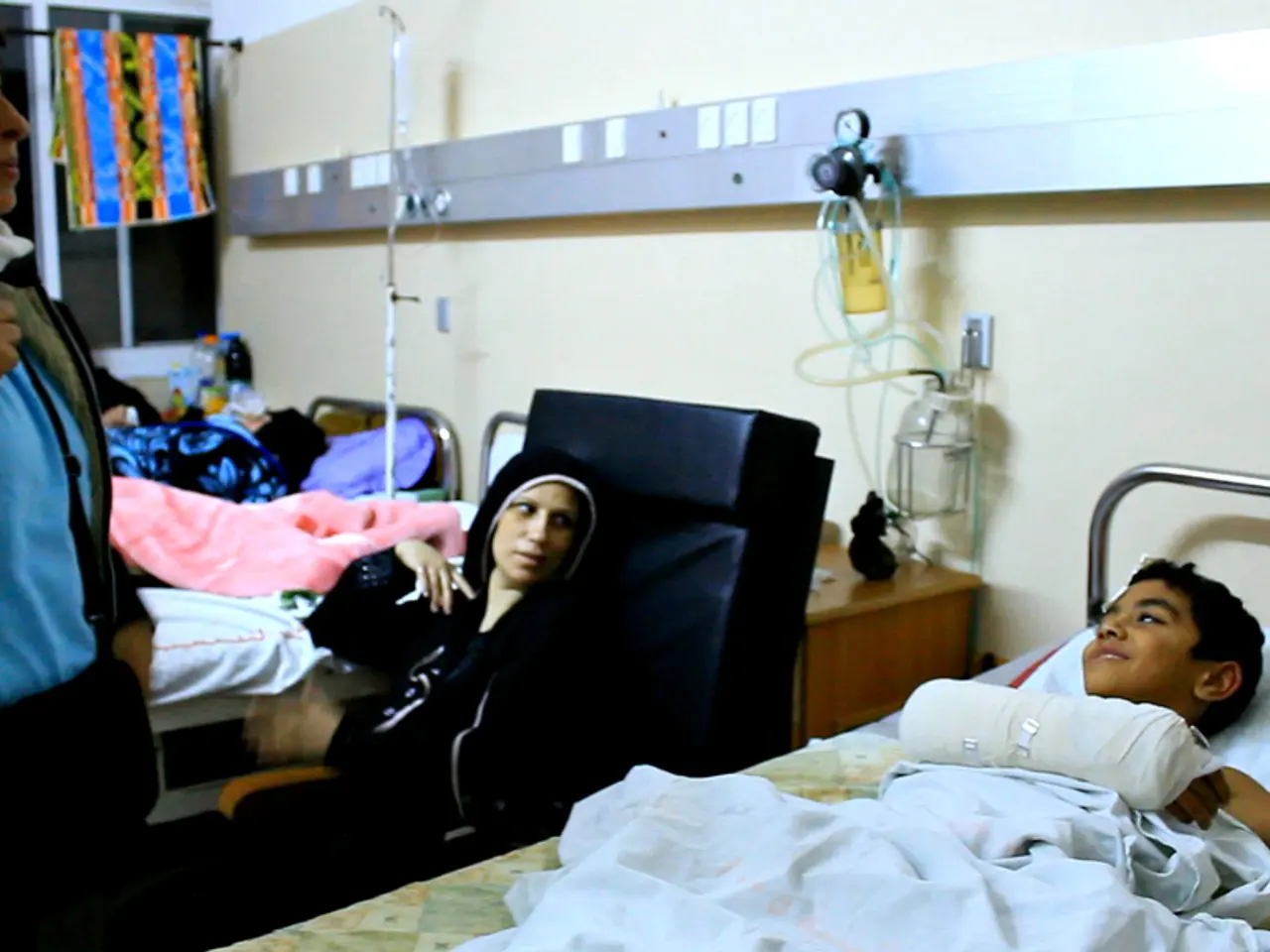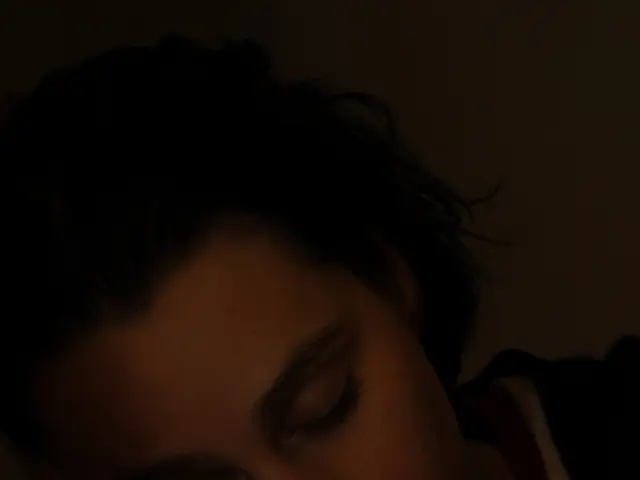Narrowing the disparity in safety standards of medical gear in NHS pediatric wards
The NHS is under immense pressure to provide high-quality care with limited resources, and the safety of paediatric patients is a top priority. One of the challenges faced is the use of non-compliant medical equipment, particularly hospital beds, which can pose safety risks, inadequate training, and lack of regular audits to ensure compliance with standards.
The Talent Bed Frame, a product designed for paediatric care, is one solution that addresses these issues. Its design philosophy is grounded in creating products that not only meet the standards but also perform well in high-pressure NHS environments. The Talent Bed Frame's controls are embedded within the bed rails, eliminating ligature risk and improving operational efficiency. Its controls are secured via key code, making adjustments safe, secure, and fast.
One of the standout features of the Talent Bed Frame is its two-stage side rail lowering mechanism. This mechanism requires two separate actions to lower the rail, reducing fall risks significantly. Standard hospital beds, on the other hand, are not safe for thousands of children and smaller adults due to their size and weight requirements.
The Talent Bed Frame has been developed with real-world demands in mind, focusing on emergency response, infection control, safe patient handling, and staff efficiency. Equipping staff with smarter, safer technology is essential to closing clinical safety gaps in the NHS.
In addition to the Talent Bed Frame, key solutions to address non-compliant hospital beds and related equipment in children's wards include comprehensive auditing and escalation protocols, staff training and competency assessment, and implementation of quality improvement (QI) initiatives targeted at paediatric care environments.
NHS trusts conduct regular audits and compliance checks to identify and address non-compliance issues with medical equipment, including beds used in paediatric wards. Staff training policies ensure all healthcare workers are competent in using specific monitoring and care equipment. Quality improvement programs provide frameworks for improving patient safety through multidisciplinary collaboration, focused training, and human factors approaches that can be extended to medical equipment usage and maintenance.
Investment in infrastructure and operational plans by NHS trusts also plays a crucial role in upgrading equipment and hospital environments to meet current safety standards. Last year, over 363,000 children in England were waiting for consultant-led paediatric care, and the recent UNISON survey shows that on 69% of shifts, there were not enough nursing staff to deliver safe patient care. These challenges underscore the importance of addressing non-compliant hospital beds and related equipment in children's wards.
In summary, the combination of regular audits, staff competency programs, QI initiatives, and infrastructure investment forms the core NHS strategy to overcome challenges of non-compliant hospital beds and related equipment in children’s wards. These measures help ensure safer, more reliable paediatric care environments aligned with national standards and patient safety goals.
[1] NHS Trust X Quality Account, 2021 [2] NHS Trust Y Staff Training Policy, 2021 [3] NHS Trust Z Infrastructure and Operational Plan, 2021 [4] Paediatric Conference Proceedings, 2021
- Amidst the pressure on the NHS to provide high-quality care with limited resources, digital health solutions like the Talent Bed Frame designed for paediatric care offer a viable answer, focused on workplace-wellness, emergency response, infection control, safe patient handling, and staff efficiency.
- The Talent Bed Frame comes equipped with innovative features like a two-stage side rail lowering mechanism to reduce fall risks, key code secured controls for safe and fast adjustments, and embedded controls within the bed rails to eliminate ligature risks.
- Recognizing the importance of equipping staff with smarter and safer technology, key solutions for tackling non-compliant hospital beds and related equipment in children's wards include comprehensive auditing and escalation protocols, staff training and competency assessment, and Quality Improvement (QI) initiatives specifically targeted at paediatric care environments.
- NHS trusts play an essential role in ensuring safer hospital environments for children by conducting regular audits to identify and address non-compliance issues, implementing staff training policies, and developing infrastructure and operational plans to upgrade equipment in line with current safety standards.
- Investment in health-and-wellness infrastructure, staff training, QI initiatives, and the utilization of cutting-edge therapies-and-treatments like CBD oil can further improve paediatric patient care, while addressing mental-health concerns that may arise in children's wards.
[1] NHS Trust X Quality Account, 2021 [2] NHS Trust Y Staff Training Policy, 2021 [3] NHS Trust Z Infrastructure and Operational Plan, 2021 [4] Paediatric Conference Proceedings, 2021





